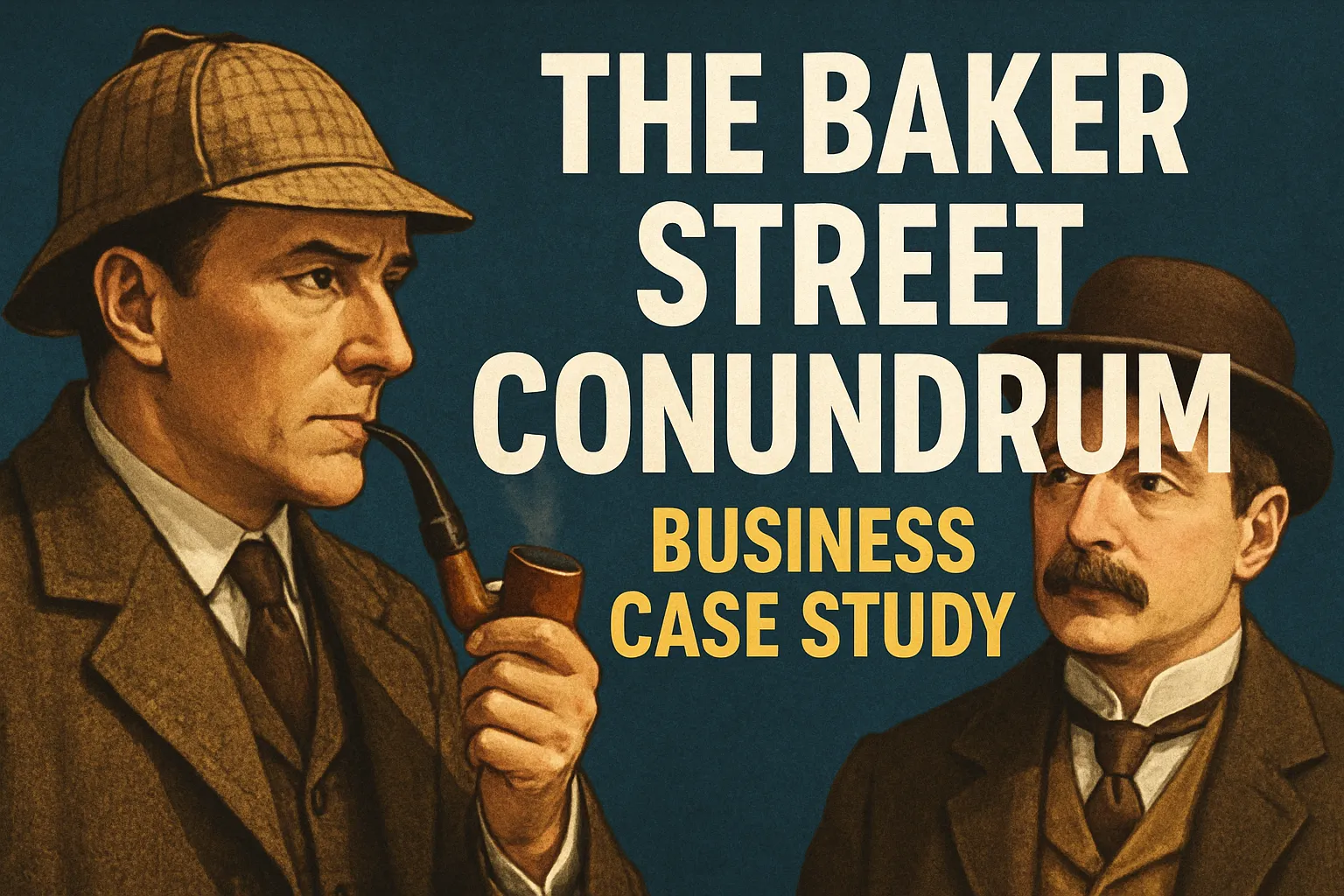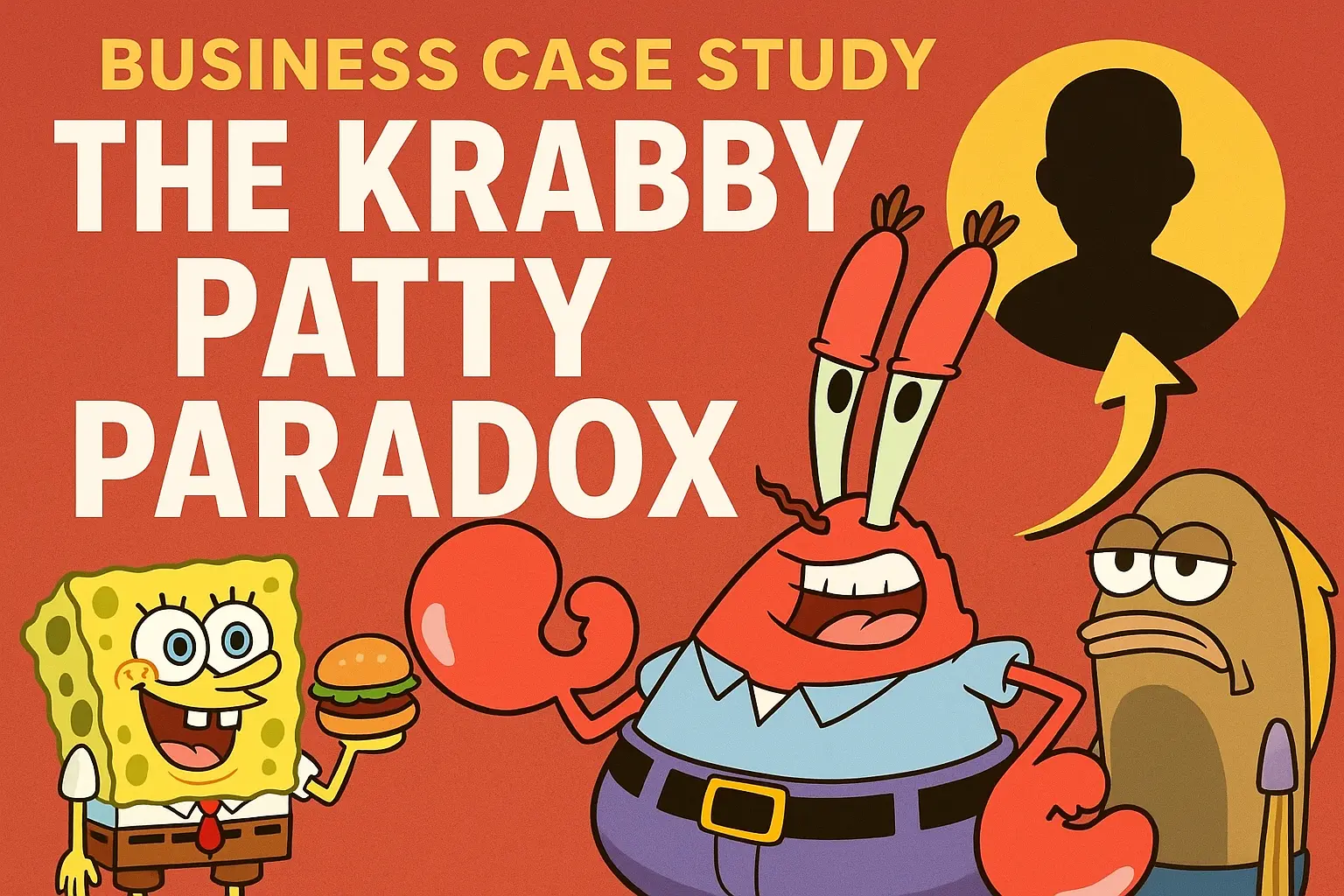 Case Studies Club
Where Strategic Minds Meet
Case Help
Case Studies Club
Where Strategic Minds Meet
Case Help
The Gatsby Quandary - A Boutique's Fight for Authenticity and Survival
Navigating Brand Erosion, Takeover Bids, and Operational Crises in High-End Vintage Retail
Vintage Vibe Boutique faces a multi-faceted threat to its unique brand and operations, including imitation competitors, a hostile acquisition offer, a reputation-damaging product issue, and complex new import regulations. The case explores strategic options to preserve its authentic identity and secure its long-term viability amidst these pressures.
Core Themes:
Turn Business Challenges Into Strategic Wins
Browse our Insights Marketplace for frameworks and tools that drive results
Explore MarketplaceOverview
The velvet curtains of Vintage Vibe Boutique, a renowned purveyor of authentic period attire, are drawn tight against the harsh glare of a shifting market. What began as a passionate endeavor to revive sartorial history now faces a multi-front assault: an aggressive online counterfeit, the looming shadow of a corporate takeover, a bizarre operational mishap, and an increasingly intricate regulatory maze. This analysis delves into the strategic labyrinth confronting Vintage Vibe, examining the interwoven threats to its brand, operational integrity, and long-term viability. The objective is to distill the complex web of challenges into actionable insights, charting a course that preserves the boutique's unique identity while securing its financial future.
Backstory
Vintage Vibe Boutique emerged from a passion for the tactile history woven into fabric, a sanctuary for those who sought to truly "Step Back in Style!" From its humble beginnings as a small, curated collection in a loft space, it blossomed into a premier destination for high-end vintage fashion rentals. Its market position is defined by an unparalleled commitment to authenticity, sourcing garments from the 1920s through the 1980s that tell stories of eras past. The core competency of Vintage Vibe lies not merely in its inventory but in its experiential retail model: personalized styling sessions, immersive in-store environments like a hidden speakeasy or a vibrant disco room, and a white-glove delivery service directly to event venues. This bespoke approach has cultivated a fiercely loyal clientele, discerning individuals and professional event planners who understand the intrinsic value of genuine vintage wear.
However, the boutique's carefully constructed world is now experiencing a seismic tremor. The central challenge revolves around maintaining its premium brand identity and market differentiation in an increasingly commoditized and legally complex landscap...
🔓 Unlock This Case Study
Access full cases, analysis, recommendations, and community insights


